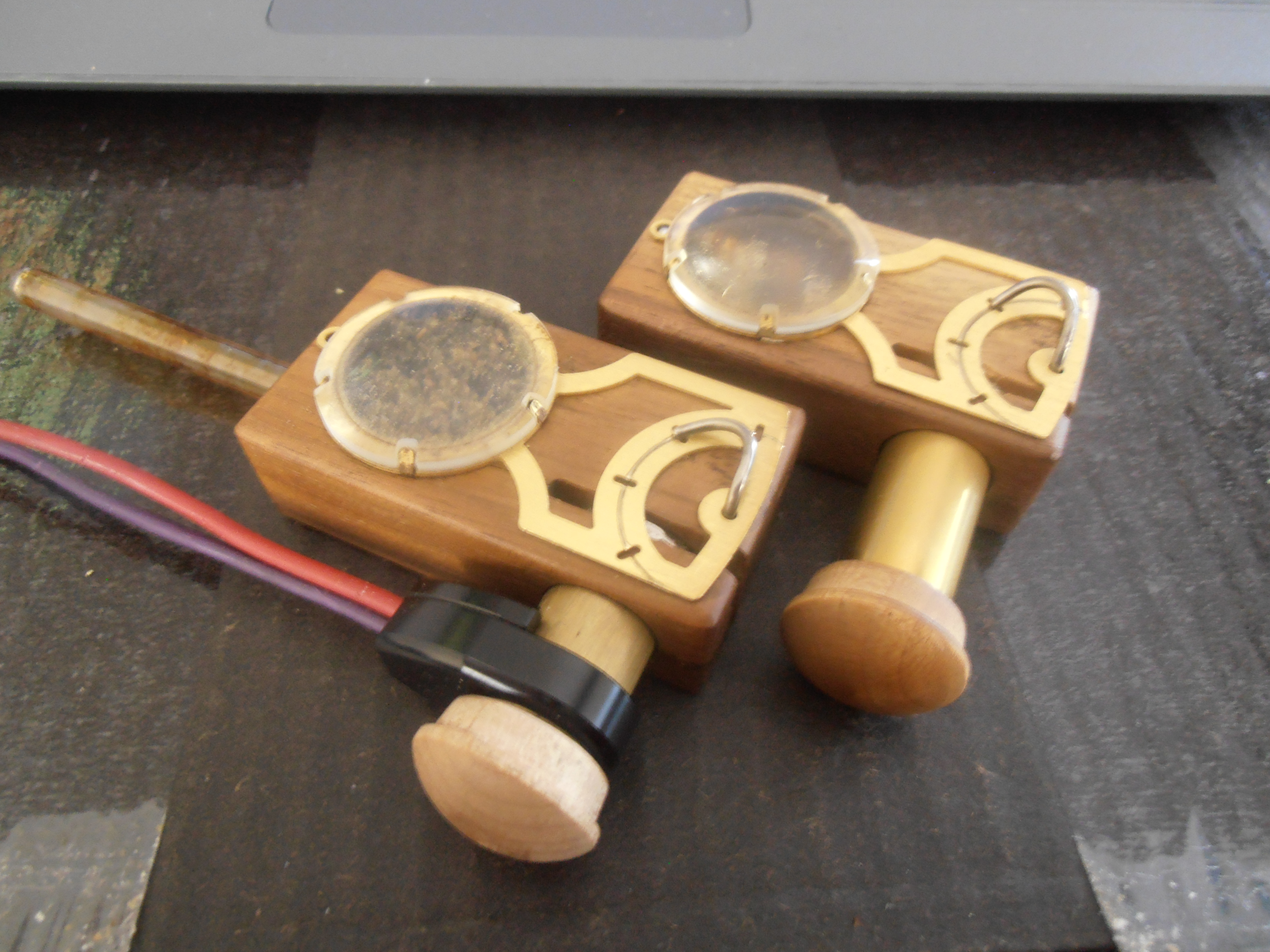I was almost forgotten how good the LB could be, if it works well.
One of the great strengths of the deceptively simple Box: It knows how to deliver if you use it 'right'. It's all up to the user, unlike so many vapes. Even mortally wounded, like your other one, it still delivers useful (if not optimum) vapor. A tough contender for sure.
Slow degradation, like you had, is deceptive. Like the 'frog in the pot of water' you lose track of things, especially over time with other vapes involved. Batteries 'wearing out' are also like this. A new set can 'give new life' to an old box. Your expectations shift without your realizing it. Fortunately, clever as the design is, the backup LB wasn't fooled even a little bit.
Don't sell it short, it's a great vape for sure. Highly recommended.
Congratulations.
If the walwart for the PA has an output of 2 amps, how does it power something that needs 15?
Good question. It uses a 'switching converter' (like in your computer, cell phone, etc) where it converts temporarily the energy to magnetism then back again?
The key is in Watts (the measure of power as opposed to pressure (voltage) or flow rate (current). Volts times Amps. So it's 24 Watts in (2 x 12) and 'about 15, maybe a bit more' Watts out. There are some losses in getting that 15 Amps at .75 Volts to the screen. The same thing is what's happening with 110/220. When you need lots of work (Power), like for a dryer say, higher voltage gives twice the power at the same current (no need for bigger wires). The same reason cars went from 6 Volts to 12, lower current
through smaller wires, doing the same job. A bit less copper per car, a bit more profit times a lot of cars....
This 'trick' isn't free, it costs 10% or so (it runs warm/hot.....heat costs power.....). FYI 'old school' transformers (like still used on power poles to deliver 8 or 12,000 Volts to the neighborhood before 'stepping down' to 110/220 for local distribution) are about 93% or so efficient (they too run hot, explaining the cooling fins and pipes you often see). About half of that is 'copper losses' (resistance in the wire in the transformer) and half 'iron losses' (magnetic 'resistance' in the iron core to having the polarity swapped 50 or 60 times a second) in a well designed unit.
Switching converters use much higher frequencies so tiny magnetic cores can be used for higher efficiency. Such converters were an essential development in the Space Program. Since every pound of battery takes something close to 100 pounds of fuel and vehicle to deliver, most efficient use was essential to 'getting there, and back'. Even small loads like small fans on Apollo were tweaked and retweaked, tested, debated, redesigned and so on. Many useful everyday technologies we enjoy today came from those efforts.
Good question. It's not really done by magic......although it might seem so sometimes.
Regards to all.
OF





 Last weeks i noticed that the box lost more and more power, still producing some vapor but not that much like it used to do. And now i see why
Last weeks i noticed that the box lost more and more power, still producing some vapor but not that much like it used to do. And now i see why I guess i can send in a request for a replacement, in a situation like this?
I guess i can send in a request for a replacement, in a situation like this? that i bought when it was on sale
that i bought when it was on sale

 Like i had no cannabis for months, big cloud at lower temp and boom
Like i had no cannabis for months, big cloud at lower temp and boom I was almost forgotten how good the LB could be, if it works well.
I was almost forgotten how good the LB could be, if it works well.